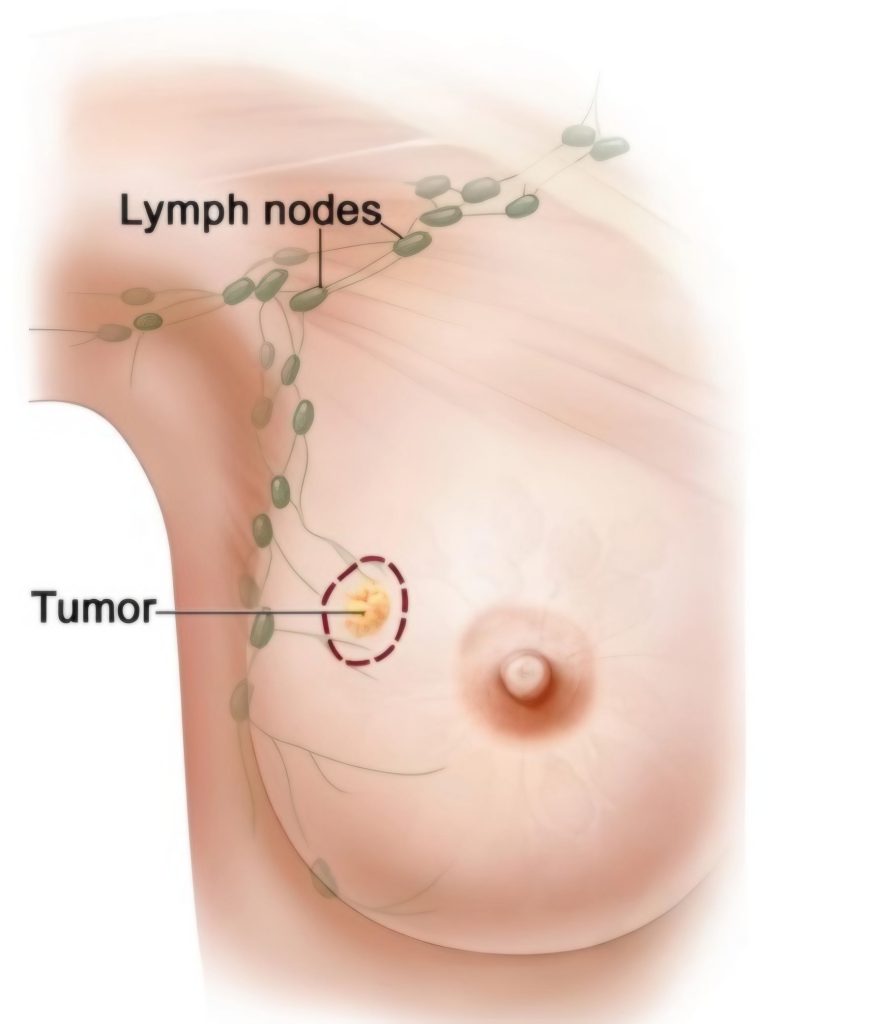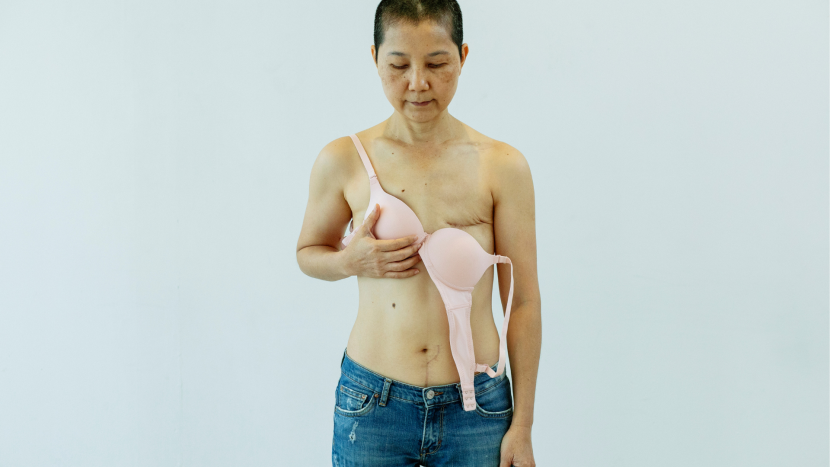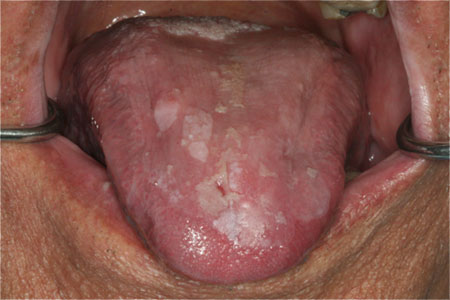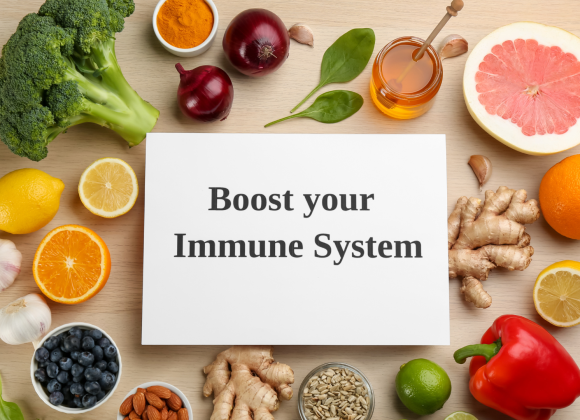Breast cancer is the most common cancer among women worldwide. In 2022, about 2.3 million women were diagnosed with breast cancer, and 670,000 deaths were reported. Alarming statistics show that every 14 seconds, somewhere in the world, a woman is diagnosed with breast cancer. In India, as per Globocan data 2020, breast cancer accounted for 13.5% (178,361) of all cancer cases and 10.6% (90,408) of all cancer-related deaths, with a cumulative risk of 2.81.
With breast cancer cases rising, many people are questioning potential causes, including lifestyle choices, diet, and even clothing—such as bras. Some claims suggest that wearing a bra, especially underwire bras, could be linked to a higher risk of breast cancer. But is there any scientific basis to this concern?
What is Breast Cancer?

Breast cancer is the uncontrolled growth of cells in the breast, leading to the formation of a lump or tumor. It is commonly known as ductal carcinoma, as it most often originates in the milk ducts of the breast.
Breast cancer can develop in different parts of the breast, including the ducts (ductal carcinoma) and lobules (lobular carcinoma). If not detected and treated early, it can spread (metastasize) to other organs, making it life-threatening.
Symptoms of Breast Cancer
Breast cancer symptoms can vary, but early detection is crucial for effective treatment. Common signs include:
- Lump or Thickening: A firm, irregular, and often painless lump in the breast or underarm.
- Changes in Breast Size or Shape: Noticeable swelling, shrinkage, or asymmetry of the breasts.
- Breast Pain or Tenderness: Persistent discomfort not linked to the menstrual cycle.
- Skin Changes: Redness, dimpling, puckering, or an orange peel-like texture.
- Nipple Changes: Inversion, retraction, or a shift in position.
- Abnormal Nipple Discharge: Clear, bloody, or unusual fluid leakage.
- Swelling in Nearby Areas: Enlarged lymph nodes in the armpit or collarbone region.
Do Bras Really Cause Breast Cancer?
The belief that wearing bras, particularly those with underwires, increases the risk of breast cancer has circulated widely. However, extensive scientific research has found no credible evidence supporting this claim.
A notable 2014 study published in Cancer Epidemiology, Biomarkers & Prevention investigated the potential link between bra usage and breast cancer risk among postmenopausal women. The researchers concluded that no aspect of bra wearing—including duration per day, underwire presence, or age at which regular bra use began—was associated with an increased risk of invasive ductal carcinoma (IDC) or invasive lobular carcinoma (ILC), the two most common types of breast cancer.
The American Cancer Society has addressed this concern, stating unequivocally that there is no scientific or clinical basis for the claim that bras cause breast cancer. They reference the 2014 study and emphasize that no credible research has demonstrated a connection between bra usage and breast cancer risk.
It’s important to note that some earlier studies and publications, such as the 1995 book Dressed to Kill, proposed a link between bras and breast cancer. However, these claims have been widely criticized for methodological flaws and lack of scientific rigor. Major medical organizations, including the National Institutes of Health, have found no evidence supporting these assertions.
What Does Science Say About Breast Cancer?
Breast cancer is a growing global health concern and the second leading cause of cancer-related deaths worldwide. It is caused by uncontrolled growth of breast cells, commonly known as ductal carcinoma. Scientific research has identified several key factors contributing to its development.
1. Genetic Mutations
Changes in oncogenes (genes that promote cell growth) and tumor suppressor genes (genes that prevent uncontrolled cell division) play a significant role.
- BRCA1 and BRCA2 mutations increase the risk of hereditary breast cancer. [1]
- TP53 mutations can lead to aggressive tumor growth.
2. Hormonal Influence
- Some breast cancers are hormone receptor-positive (ER/PR-positive), meaning estrogen and progesterone fuel their growth.
- HER2-positive breast cancer involves excessive HER2 protein, leading to rapid cell proliferation. [2]
3. Tumor Growth Mechanisms
- Angiogenesis: Cancerous tumors develop new blood vessels to sustain their growth. [3]
- Metastasis: Cancer cells spread to other organs like the lungs, liver, bones, and brain through the bloodstream or lymphatic system.
4. Environmental and Lifestyle Factors
- Radiation exposure and chemical carcinogens can damage DNA, triggering mutations.
- Obesity, alcohol consumption, and lack of physical activity contribute to an increased risk of breast cancer.
Should You Be Concerned About Wearing a Bra?
There is no scientific evidence linking bra use to an increased risk of breast cancer. However, wearing an ill-fitting bra can cause discomfort, skin irritation, or posture problems. To maintain optimal breast health:
- Wear a properly fitted bra that offers comfort and adequate support.
- Avoid excessively tight bras for extended periods to prevent discomfort.
- Adopt a healthy lifestyle with regular exercise and a balanced diet.
- Schedule regular breast screenings and consult a doctor if you notice any unusual changes.
Author’s View
Breast cancer remains a growing global health concern. While many myths surround its causes, scientific research confirms that factors like genetics, hormonal influences, lifestyle choices, and environmental exposures play a far more significant role than clothing choices like bras.
Early detection through mammograms and self-examinations can significantly improve survival rates. By staying informed and proactive about breast health, women can take meaningful steps toward reducing their risk and ensuring early diagnosis and treatment if needed.




